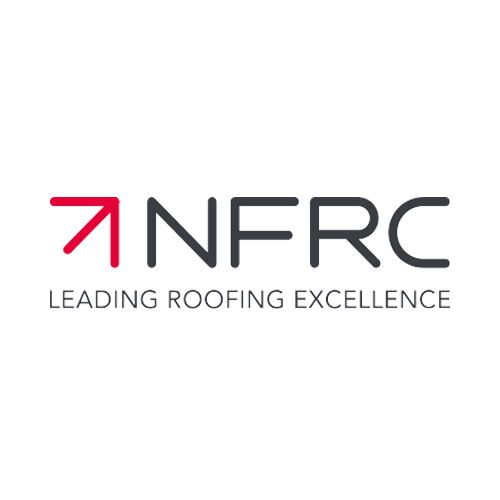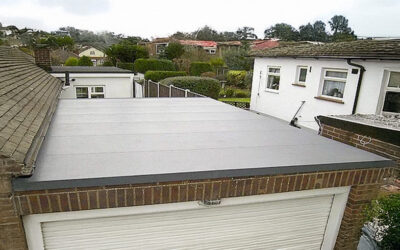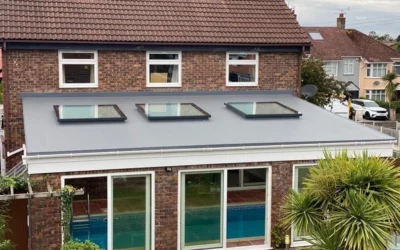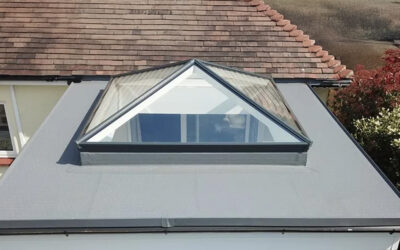Not all flat roofs are the same. Comparing them would be like saying an old second-hand car you picked up for a few hundred pounds is the same as a brand-new family saloon. Yes, they are both cars. Yes, they both (hopefully) get you from A to B. Yes, they both have seats and a steering wheel. But that’s where the similarities end.
Your new car will have an array of buttons and gadgets designed to make your journey as easy, comfortable, and enjoyable as possible. While it may cost more to purchase and insure due to its value, its low CO₂ emissions and fuel efficiency will likely save you money on road tax and fuel. It will also cost less to maintain, sail through its MOTs, and feature the latest safety technology to protect your family at all times. In contrast, while your cheap runaround may have cost very little to buy, it could end up costing you significantly more to run and maintain. If you’re lucky, you may get a couple of years out of it before it ends up on the scrap heap or sold for ‘spares or repairs.’
Felt roof vs PVC flat roof
The same principle applies when comparing a traditional felt flat roof to a membrane roof. They are both roofs, and they both offer protection from the elements. However, beyond these basic similarities, they are fundamentally different.
A traditional felt flat roof is cheaper to buy and install, and it may serve you well for a few years. However, it won’t be long before you start encountering issues.
Felt is highly susceptible to temperature changes. The warm summers and cold winters can cause felt roofs to become brittle, blister, and crack, allowing water to seep into the damage. This can lead to severe issues without you even noticing, potentially rotting the deck and joists long before the problem becomes apparent, resulting in greater expense when the roof needs replacing. In fact, it could be months before you realise.
Lastly, felt roofs have an average lifespan of 10-15 years. Because of this, some insurers refuse to insure a felt flat roof.
What about membrane flat roofs?
Modern technology has advanced significantly, providing a range of new options for installing or replacing a flat roof. PVC single-ply membrane roofing systems have revolutionised both the domestic and commercial markets due to their exceptional flat roof protection.
These membranes are 100% waterproof, storm-resistant, guaranteed never to blister or crack, and unaffected by expansion or contraction, offering superior strength. While they are largely maintenance-free, like any surface, they will collect dirt if not cleaned. However, they are entirely resistant to moss and algae growth, do not require chippings or stones, and are 100% dimensionally stable. This means no damage can be caused by movement, making them virtually maintenance-free.
Why?
Because their titanium dioxide top layer is solar reflective and provides optimum protection against damaging UV rays. Single-ply membrane roofs are also resistant to moss or algae, which can also play havoc with the integrity of your flat roof.
Much like your new family saloon, a new membrane flat roofing system will cost more initially. But with proven benefits definitely creates a strong argument to sway towards the more expensive option.
Explore licensed and certified products
The leading manufacturers of PVC roofing: Bauder, Protan, and Sika Sarnafil, all share the same principles, their products should not be sold unless the company is licensed and certified by them. Unlike felt and other systems such as GRP or EPDM, PVC cannot be purchased from a builders’ merchant. This ensures that any company installing a PVC roof is a legitimate installer, helping to distinguish professional contractors from rogue traders. While PVC is an excellent roofing alternative, the quality of the installation is crucial. For example, a correctly installed felt roof will always outperform a poorly installed PVC system, emphasising the importance of skilled workmanship.




















